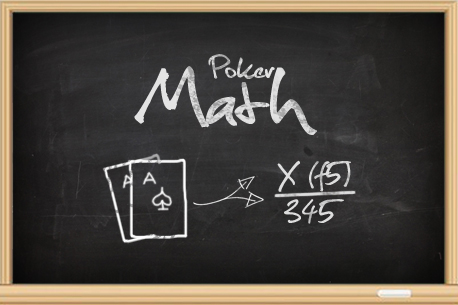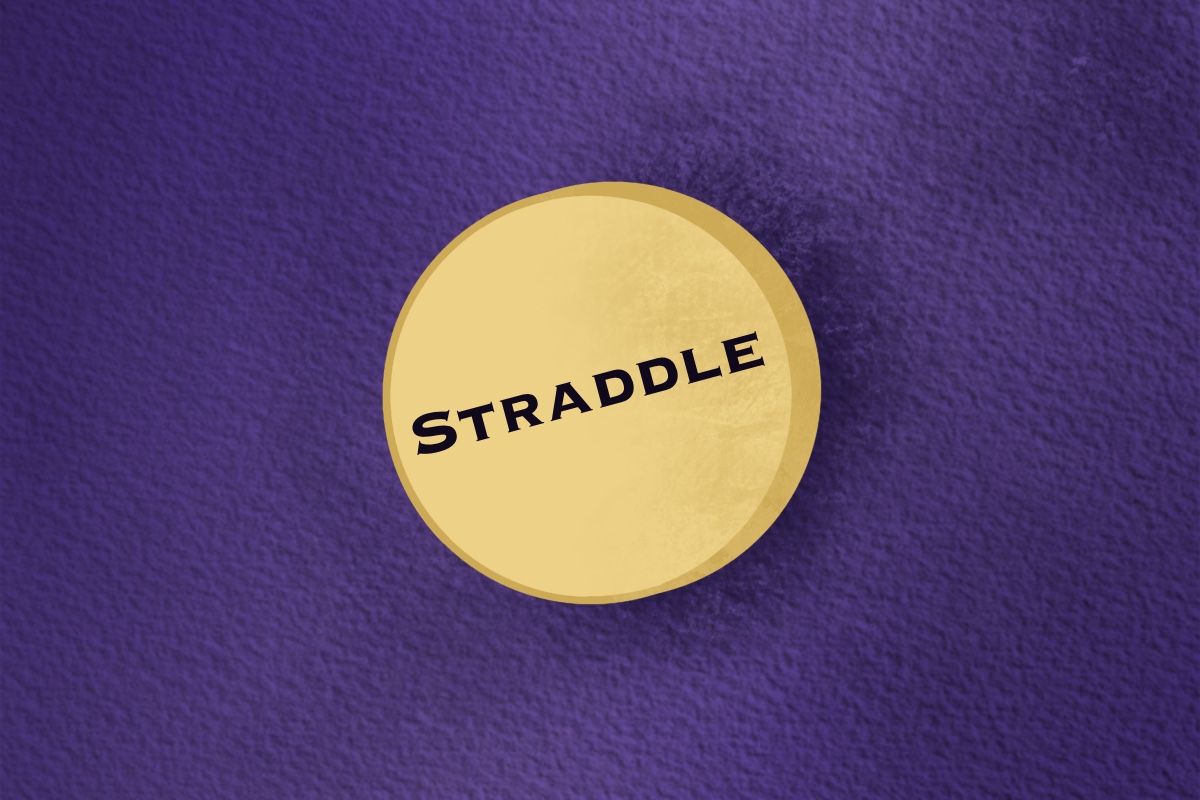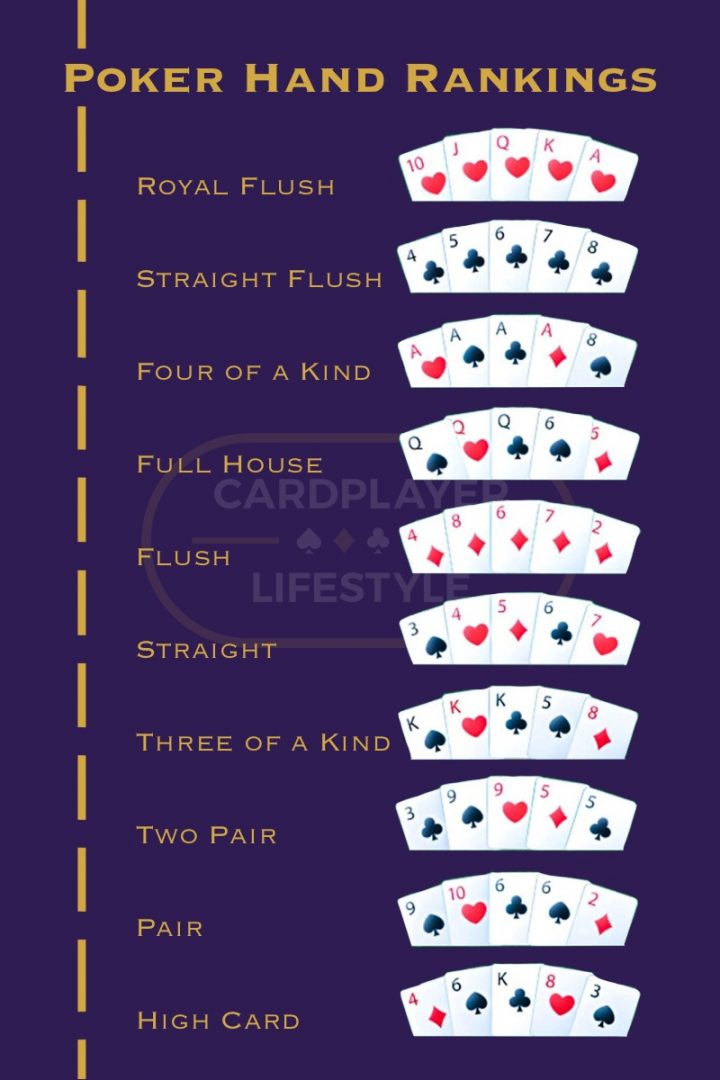Understanding basic poker math will help you make better decisions and, most importantly, win more. Everyone knows that in Texas Hold’em AK is in a coin flip situation versus JJ. However, I would prefer to have JJ every single time in this “flip” because it actually has 56% equity to win the pot. That makes a huge difference in the long run.

Image credit: pokeronamac.com
Contrary to this, JTs has almost 54% equity against a pair of twos, so it superior holding. There are many situations in which you can take advantage of this math; for example, when your opponent open shoves 25bb from the SB, and you hold that JTs. If your opponent is a regular, you can be almost sure that his shoving range here contains only small pocket pairs and that he is not shoving anything else, so you can make that call.
There are many misconceptions about this topic, so in order to make educated decisions you should be fully aware of your poker odds and base your decision on them. For now, I want to talk about a situation that you encounter hundreds of times every online poker session – whether or not to c-bet – and show you how knowing simple math can help you out.
Taking Advantage of Your Opponents
Let’s take a simple, common example that occurs every time you play a session in online casinos with poker rooms: when you open on the button and your opponent in the big blind calls. You see a flop, and he checks to you. Let’s analyze it a bit further.
In this particular spot, you can either check or bet. However, if you decide to bet you open up endless possibilities of different bet sizing: you can bet 1/3rd of the pot, half the pot, the whole pot, overbet the pot, or anything in between. Choosing different sizing let you achieve different results and even manipulate your opponents calling range.
Want more poker math? Here’s how to use online poker stats to your advantage!
Let us start with 1/3rd pot size bet. When you choose it, you only need to get your opponent to fold 25% of the time in order make an instant profit, not even taking in consideration your ability to potentially improve on later streets and win even more.
However, if you decide to c-bet the whole pot, you’ll need your opponents to fold 50% of the time to reach the same threshold and make an instant profit.
Other numbers vary based on your sizing:
- 1/3 of the pot, you need 25% folds
- 1/2 of the pot, you need 33% folds
- 2/3 of the pot, you need 40% folds
- Pot size bet, you need 50% folds
- 5 pot size bet, you need 60% folds
So what do these numbers tell you? Well, firstly, the smaller you bet the more hands your opponent should defend. To be honest, if you bet just 1/3rd of the pot, it is going to be incredibly hard for your opponent to defend 75% of his preflop range. In most cases, he will end up making a mistake and folding too much. When facing a pot sized bet, however, your opponent can easily fold half of his holdings without making a mistake.
Poker Odds And Math For Your Game https://t.co/thnTNyprWh #poker #pokeronline pic.twitter.com/GeWAute4hc
— Tadas Peckaitis (@MyPokerCoaching) July 25, 2017
Therefore, you will put your opponent in a much tougher spot if you choose smaller bet sizing. Thus you will potentially win more in the long run. Moreover, you’ll also be able to add more hands into your bluffing range because you can get away much cheaper when you opponent actually has a good hand (and raises you).
When you know the math, you can far more easily manipulate your opponent’s calling range. When you want him to continue with many weak holdings, you should be betting smaller and when you want him to fold all of those mediocre hands, betting big will do the job. So all you have to do is choose what you want to achieve.
In Conclusion
Obviously, these are not the only factors that you should take into consideration when deciding on betting size. The board texture is crucial as are both of your ranges. So, to make educated decisions, you must take all of that information into consideration.
I also want to stress how important it is to play correctly in these spots since, as mentioned at the outset, you will be facing these c-betting decisions many times in every single session. Therefore, I highly recommend reading my detailed guide about when to continuation bet. Mastering this skill will undoubtedly help you maximize your profits.







Comments